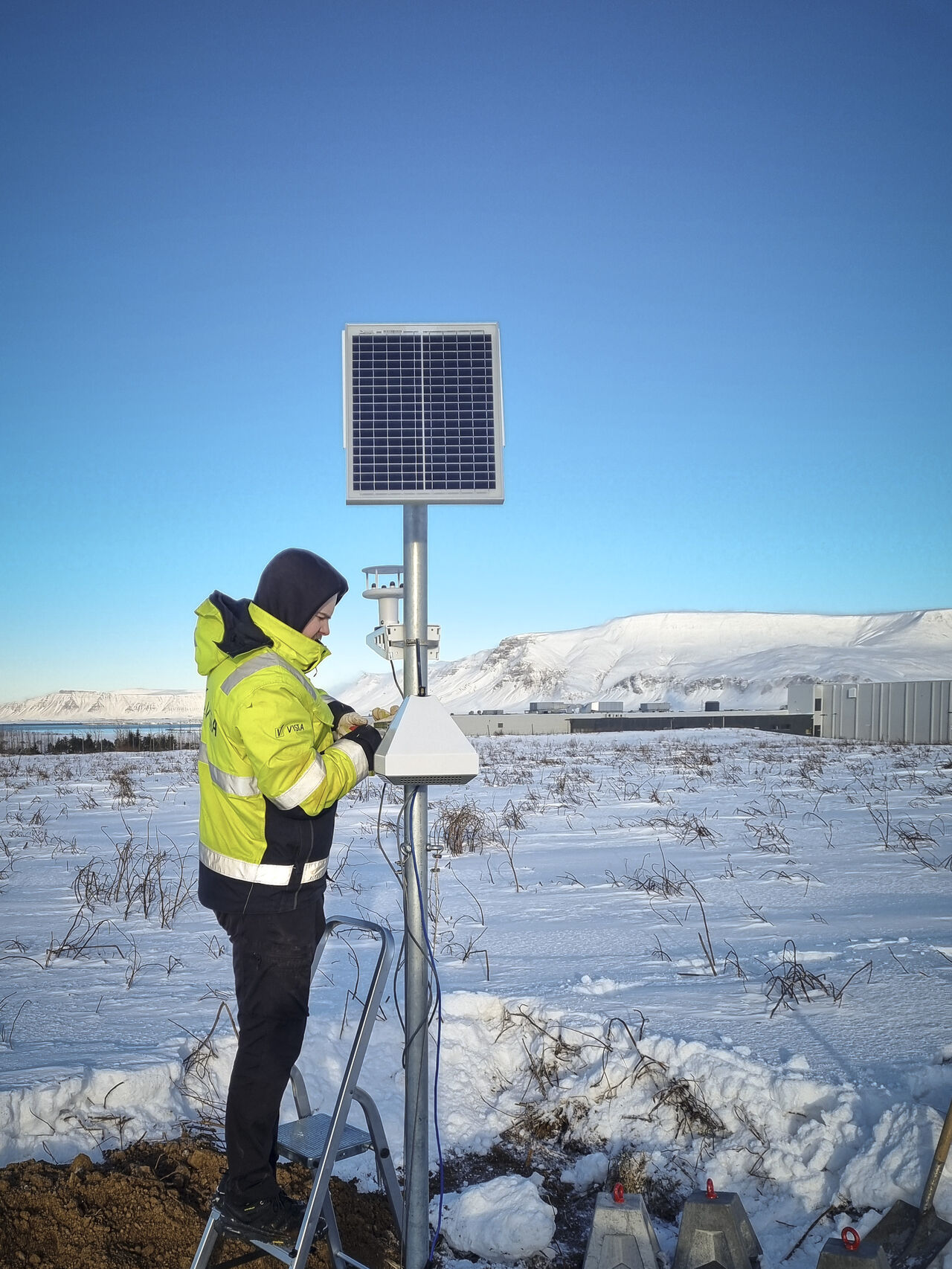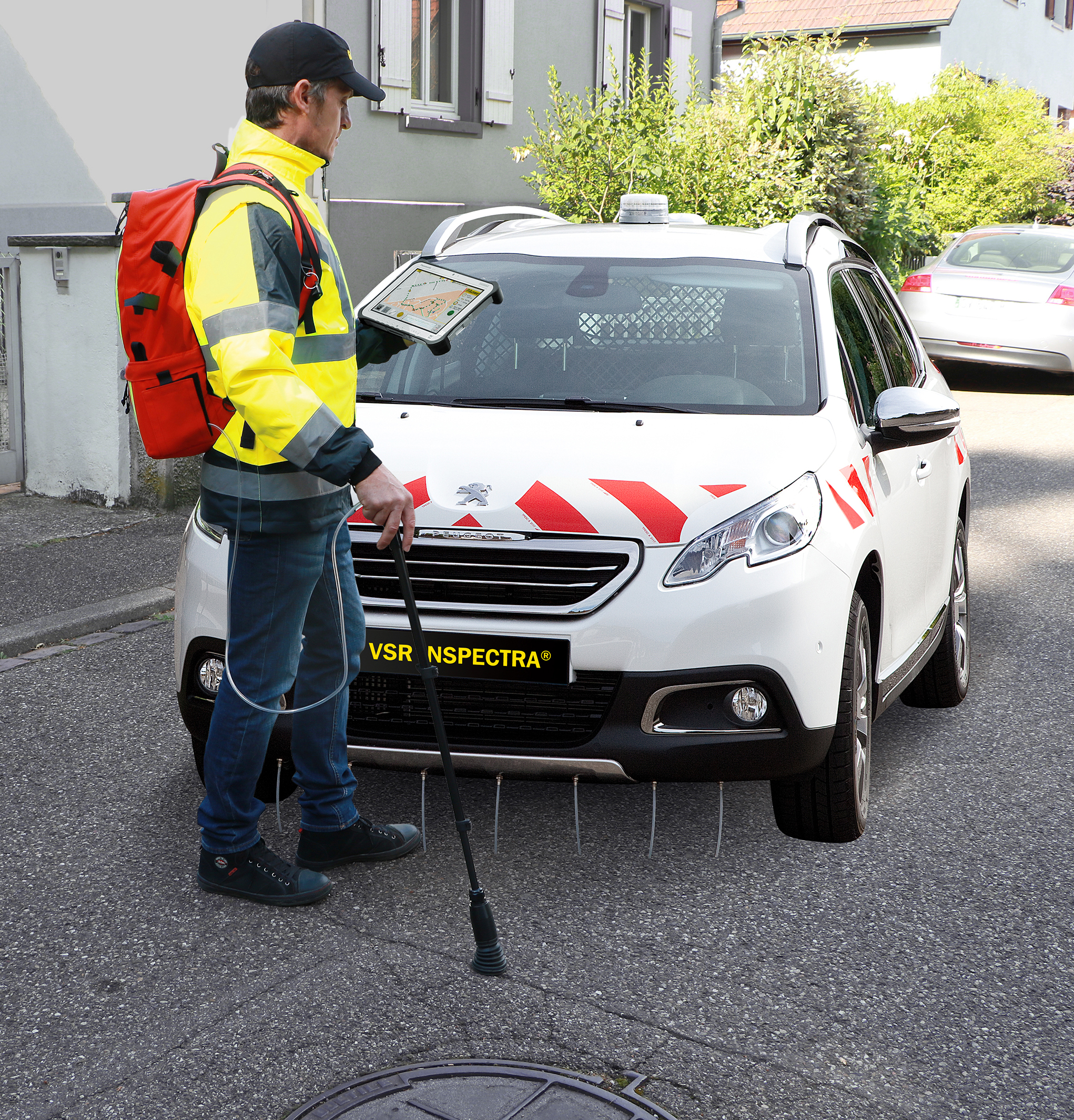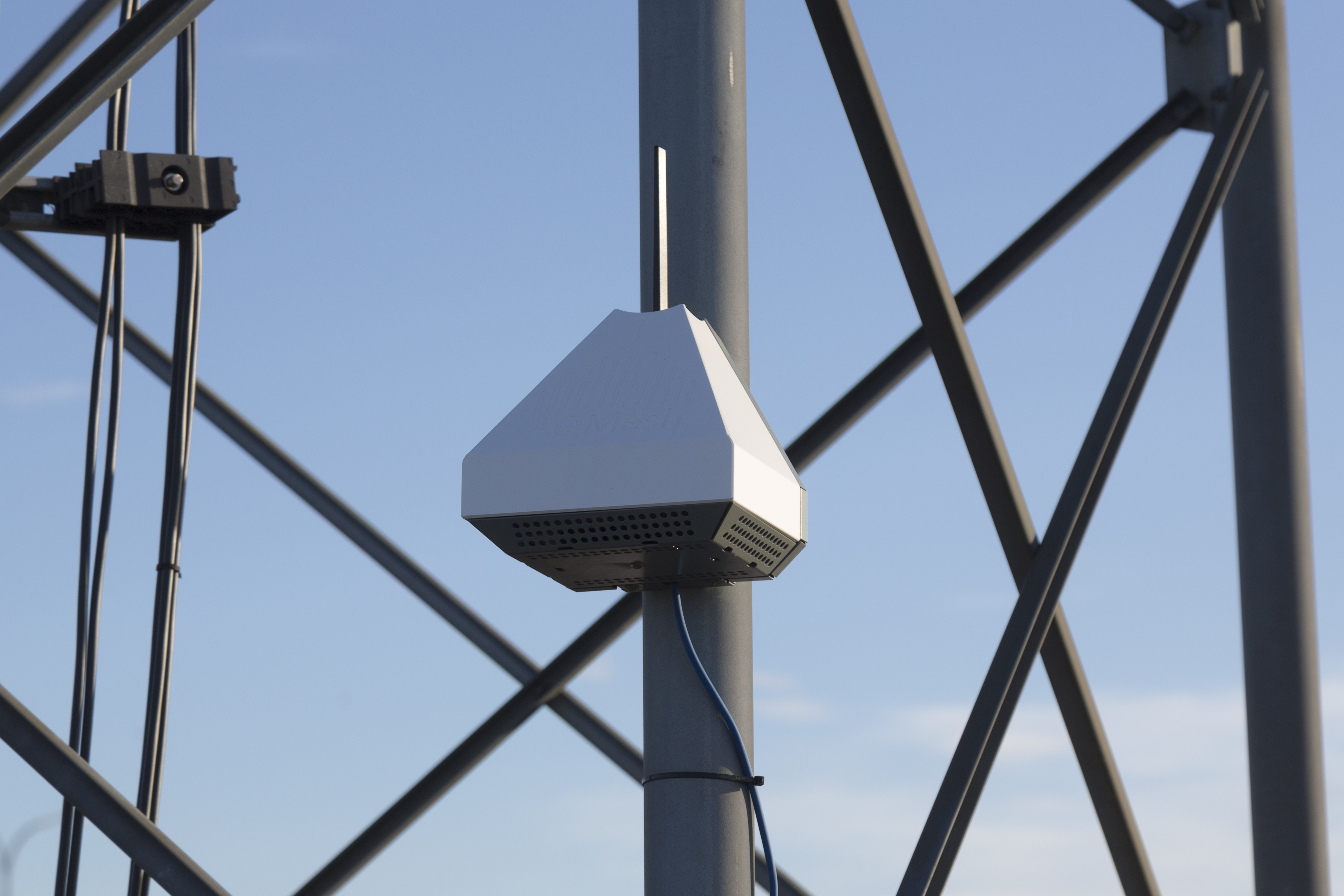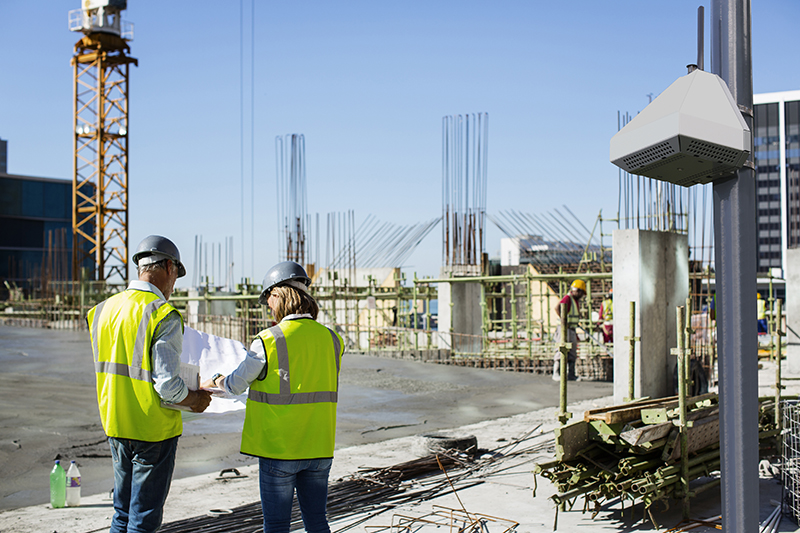This a great report, full of common sense and helpful advice, applicable globally, particularly where air quality monitoring is currently limited. Limited by budgets, logistics, and many factors discussed so eloquently at the ASIC Ghana conference last month.
Central to the report is the position that “air quality monitoring is the first step for understanding a population’s exposure and taking action” and the report lays out clearly the monitoring methodologies available, from passive sampling to modelling.
Low cost sensors are put in their place – but very much given a place – offering the cheapest and simplest way to understand spatial and temporal air pollution variability. To the report’s plea that “ideally, every nation should have access to at least one reference-grade monitor” we would add “well-maintained”. It can be a huge challenge maintaining a reference station in many parts of the world – accessing calibration gases, skills, parts and budgets – but, as the report says, they do indeed open the door to many other air quality methods. We have been involved in many projects where our pods came out of the box and performed well, but that the project ‘failed’ because the objective was comparison with reference standard and that could not be achieved because the reference station could not be brought up to spec within the project timescale. Valuable real-time information, showing minute-by-minute, hourly, daily and weekly trends in air quality across a target area, can be discarded for this reason, which is a shame.
Multiple monitoring methods, or hybrid networks as we refer to them, used effectively, can most effectively achieve the baselining and measurement of progress discussed in the report. It was difficult to fully recognise the generic Low Cost Sensor described in the report, but that is not too surprising, given that the sector is so dynamic. Sources referred to, dated 2017, would be based on fieldwork from preceding years, and an awful lot has changed in Low Cost Sensor world in the last six years or so. Are they really low capital and medium operating costs? That may be true of some, but there are also slightly more expensive options with lower operating costs. We genuinely do not see drifting baselines, but that’s maybe because we have never rated metal oxide sensors. Also, since a step change in the electrochemical sensors making their way into the market in 2016, there has been continuous improvement in temperature correction of electrochemical output, and temperature effects did look like drift over certain time periods.
We would certainly agree with the comment that low cost sensors are “not yet suitable for replacing reference-grade monitors” but the remote calibration techniques and diagnostics offered by the latest generation of systems goes a long way to address the highlighted need for data quality assurance and quality control.




